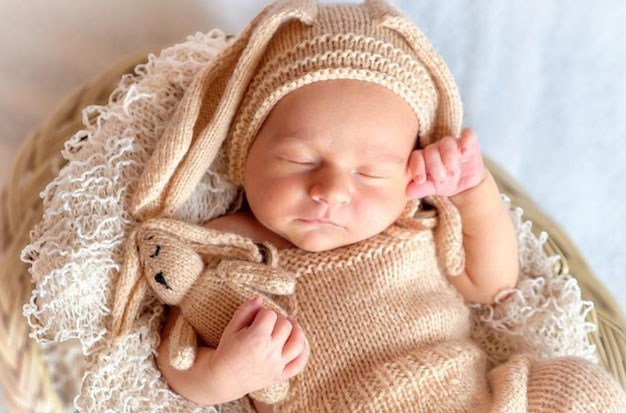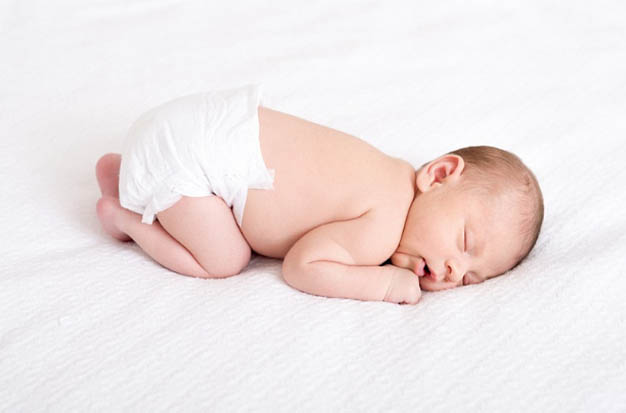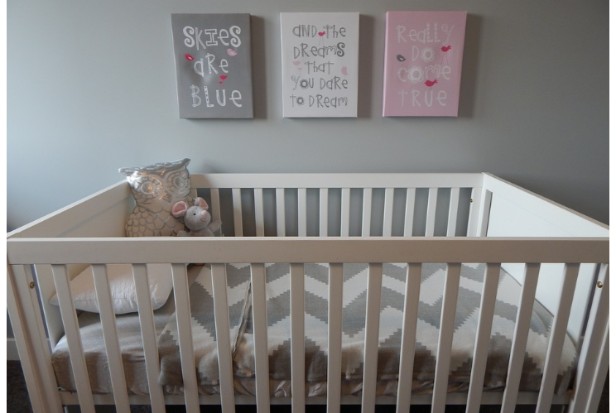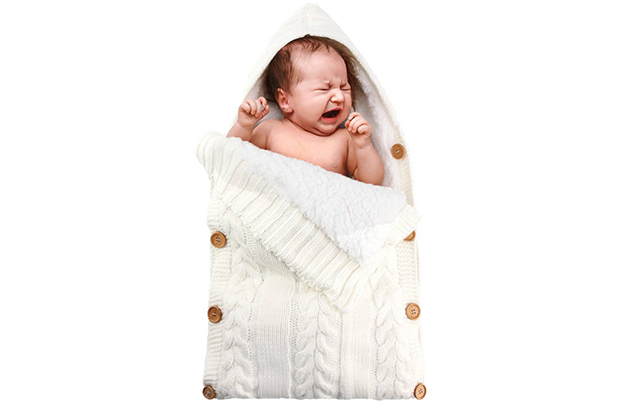For babies to start producing melatonin and cortisol on their own as part of their natural melatonin circadian rhythm, it usually takes several months for their circadian rhythms to fully develop.
Because it takes about three to four hours for them to eat, digest, and become hungry again, newborns tend to sleep in seemingly random intervals of three to four hours.
What is Baby Melatonin?
The pineal gland region of our brains creates the hormone melatonin. One of the “oils” that keeps the gears in our internal body “clock” turning smoothly is this hormone, which aids in regulating our 24-hour sleep-wake cycles. Before the age of 3 to 4 months, infants who were born full-term typically do not yet have a fully developed “clock” (also known as a circadian rhythm), and it is at this point that the baby’s brain begins to produce melatonin. Depending on how early she was born, your baby may not begin this process if she was born prematurely until a few months later (at around 5 or 6 months old).
Important Facts About Baby’s Melatonin
- Between 9 and 12 weeks of age, melatonin (the hormone that allows a child to feel tired) produced in full-term infants increases 5-6x
- The major time for the production of melatonin between 9 and 12 weeks of age is between 2:00 AM and 10:00 AM (so no, you aren’t crazy, your child may sleep better in the morning than at night)
- At 24 weeks the melatonin levels produced by an infant are ~25% of an adult
- Melatonin, which manifests in breastmilk in accordance with the circadian cycle, (e.g. higher levels at night) which is why breastfeeding at night can help an infant fall back asleep
- If you are exclusively breastfeeding, your baby will need to be fed more frequently because breastmilk is simple for an infant to digest. However, studies have shown that breastfeeding infants actually sleep more in a 24-hour period than formula-fed infants do, so remember to sleep when your baby sleeps!)
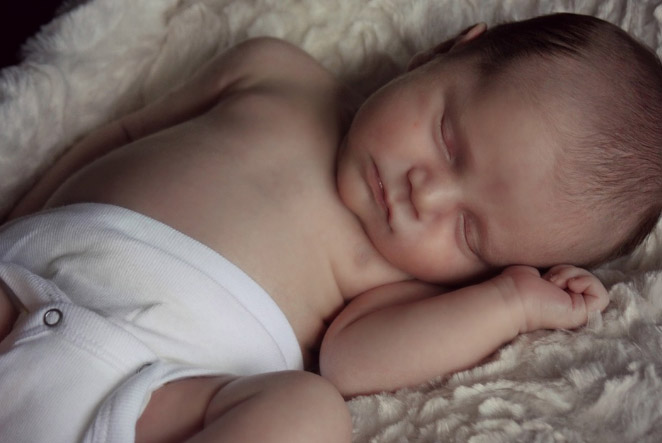
How Can I Adjust My Baby’s Body Clock?
Get Some Sunlight
Your baby’s circadian rhythm starts to develop just a few days after birth, though it won’t be fully developed for a few months. According to studies, infants who are exposed to natural light during the daytime sleep better at night and grow accustomed to a 24-hour clock more quickly than those who are only exposed to artificial indoor lights. Your baby will eventually learn to differentiate between day and night with the help of simple steps like letting the morning sun into the nursery.
Increase Baby’s Melatonin
There are numerous ways we can encourage the production of melatonin in infants once they are able to do so. Installing black-out blinds is my best piece of advice. The bedroom of your child is shielded from light by black-out blinds. If dark indicates that it is time to go to sleep, it may also serve as a cue to the infant. The use of black-out blinds during naptime is therefore something I would strongly recommend. Since the womb is dark, babies are typically not afraid of the dark, so I don’t think nightlights are necessary. However, if you to choose to use a nightlight, research suggests that red-based lights are
Get Active
Another excellent way to create healthy day and night cues is through activity. In general, adults are much more active during the day than they are at night. So, when your baby is young, don’t even bother tiptoeing around the house. You are welcome to use your outdoor voice while talking, running the dishwasher, and listening to music. Your baby will begin to understand that the daytime is when we are active and the night is when we rest if you go about your day as usual.
Dim The Lights
Babies start making their own melatonin on a natural basis around the third month. When this occurs, light’s impact on the sleep and wake cycles starts to grow significantly. Since they are still developing, your baby will have a harder time falling asleep if they are exposed to light in the evening. Nobody wants that, so for at least an hour before their evening bedtime, make sure to reduce your baby’s exposure to all light sources, including cell phones, TVs, computers, and even nightlights.
Establish A Sleep Routine
A baby can feel secure and safe by following a routine before bed. A breastfeed can serve as a sleepy cue to alert the baby that sleep is on the way by being incorporated into the routine. But in order to prevent breastfeeding from turning into a sleep aid (where the baby cannot fall asleep without the feeding motion), it can be useful if breastfeeding is a part of the routine but not the final part of the routine and that the baby is placed in their cot sleepy but awake.
Teach Your Baby To Self-soothe
I had to learn this lesson the hard way. In order to get my daughter to fall asleep when she was a baby, I had to perform a Broadway show almost every night. There was telling. There were rocking motions and lullabies. There were dance routines.
Then, one evening, while having dinner at a friend’s house, she left to put her baby to bed and returned in about two minutes. I begged her to tell me her secret, which was actually quite easy to figure out. She had taught her child to soothe herself, unlike me. When it was time for him to go to sleep, she simply placed him in his crib, turned out the light, and stepped away. A few years later, when my son was born, I took her cue and it was a breeze, no muss, no fuss. He’s now 14 and has always had excellent sleep habits.
Conclusion
The circadian rhythm, or sleep system, which is fully developed between the ages of 5 and 6 months, is what regulates the sleep hormone melatonin.
The lovey or comforter should not be placed in the baby’s crib until they are at least 12 months old, and even then, it should be safety-approved, have no loose parts that could fall off, and not be larger than the baby’s head.
